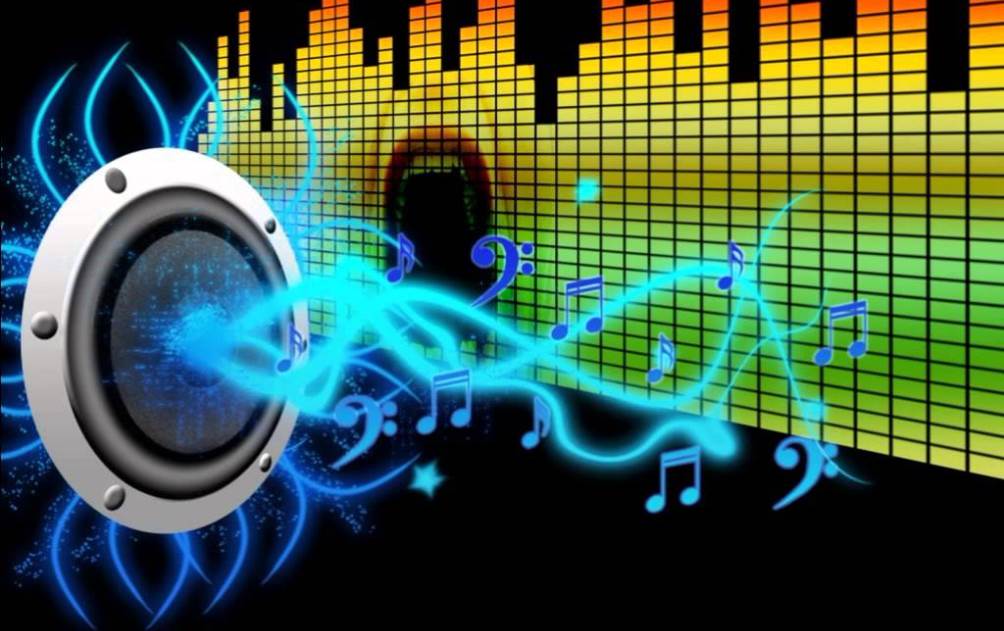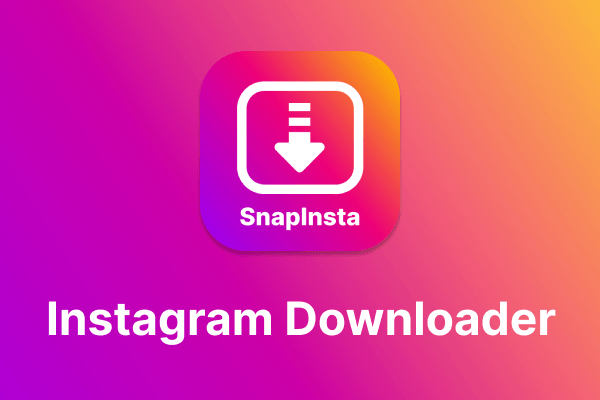IPTV Smarters Pro has become a popular choice for users who want easy access to live and on-demand television. One of its most appreciated features is Catch-Up TV, which allows viewers to watch previously aired shows without missing out on important content. The app is designed to be user-friendly and efficient, ensuring that users can enjoy their favorite programs without unnecessary delays or complications. With smooth navigation and quick loading times, IPTV Smarters Pro makes managing and watching content convenient for everyone, whether at home or on the go.
IPTV smarters player ensures that users can access past shows and episodes with minimal effort. The Catch-Up TV feature is integrated directly into the interface, making it simple to select and play previously broadcasted content. Users do not need advanced technical knowledge to benefit from this feature.

Key Advantages of Catch-Up TV on IPTV Smarters Pro:
- Access Anytime: Users can watch shows they missed at their convenience.
- No Complex Setup: The feature works automatically once channels supporting catch-up are available.
- Organized Content: Programs are categorized by date and channel, making browsing easy.
- Quick Playback: Shows load smoothly without long buffering periods.
How Catch-Up TV Enhances Viewing
Catch-Up TV eliminates the frustration of missing live broadcasts. Viewers no longer have to worry about scheduling conflicts or forgetting program times. By offering an easy way to access past content, IPTV Smarters Pro ensures that entertainment is always within reach.
User-Friendly Interface
One of the strengths of IPTV Smarters Pro is its interface, which is designed for convenience. Navigation between live TV and Catch-Up TV is straightforward. The app provides clear menus and options that make locating past programs quick and simple. Users can scroll through channels, select dates, and start playback without unnecessary steps.
Additional Features Supporting Catch-Up TV
Apart from catching up on shows, IPTV Smarters Pro offers other features that enhance overall viewing:
- Electronic Program Guide EPG: Provides a schedule overview and helps locate past episodes.
- Favorites List: Users can mark frequently watched channels for easy access.
- Multi-Screen Support: Allows simultaneous viewing of different content.
- Playback Controls: Users can pause, rewind, or fast-forward during playback.
Optimized Performance
The app is designed to perform smoothly on multiple devices, including smartphones, tablets, and smart TVs. This ensures that Catch-Up TV runs without interruptions, maintaining high-quality video and stable streaming. The optimization also reduces loading times, allowing users to start watching content almost immediately.
IPTV Smarters Pro provides a reliable and convenient way to access Catch-Up TV. Its user-friendly design, fast playback, and organized content make it an ideal choice for viewers who do not want to miss their favorite shows. With integrated features like EPG, favorites, and playback controls, users enjoy a seamless entertainment experience.







